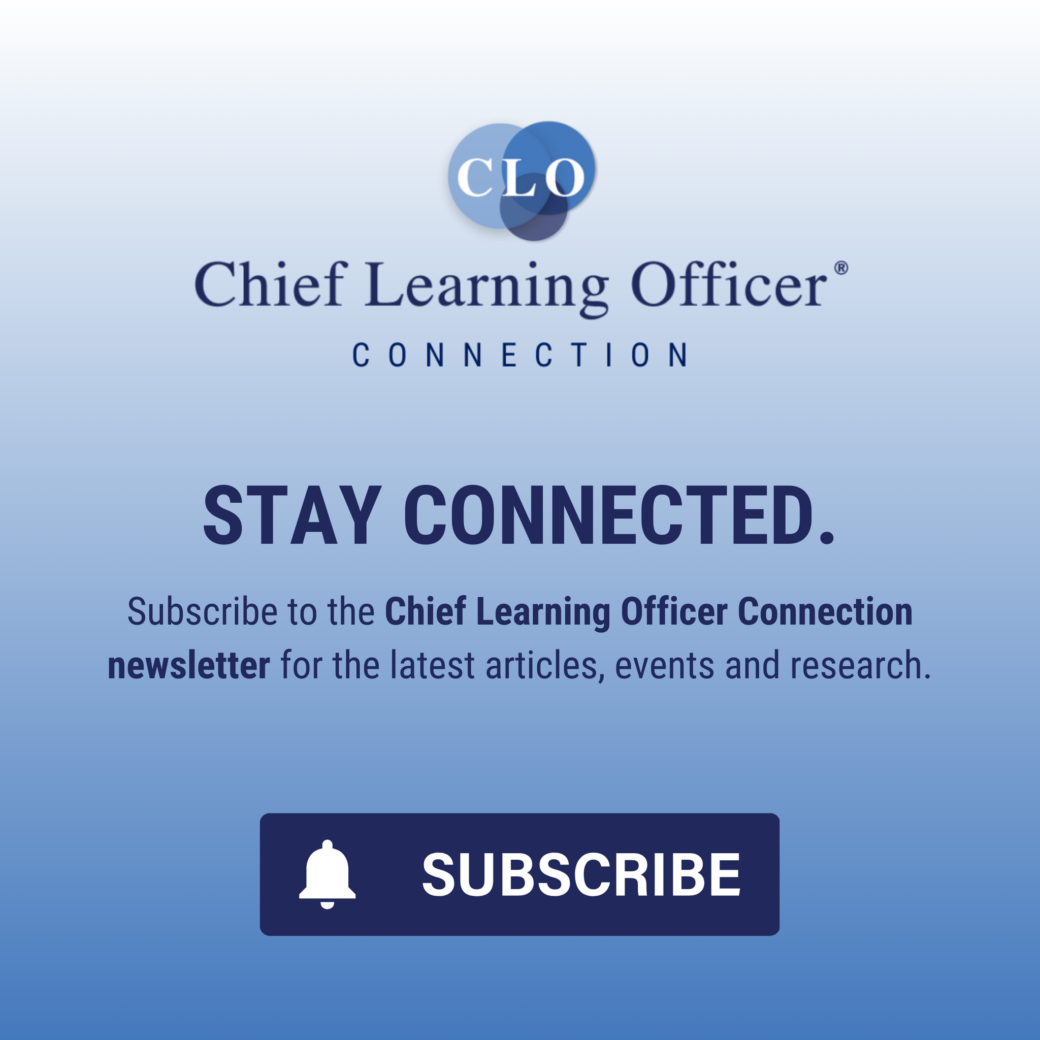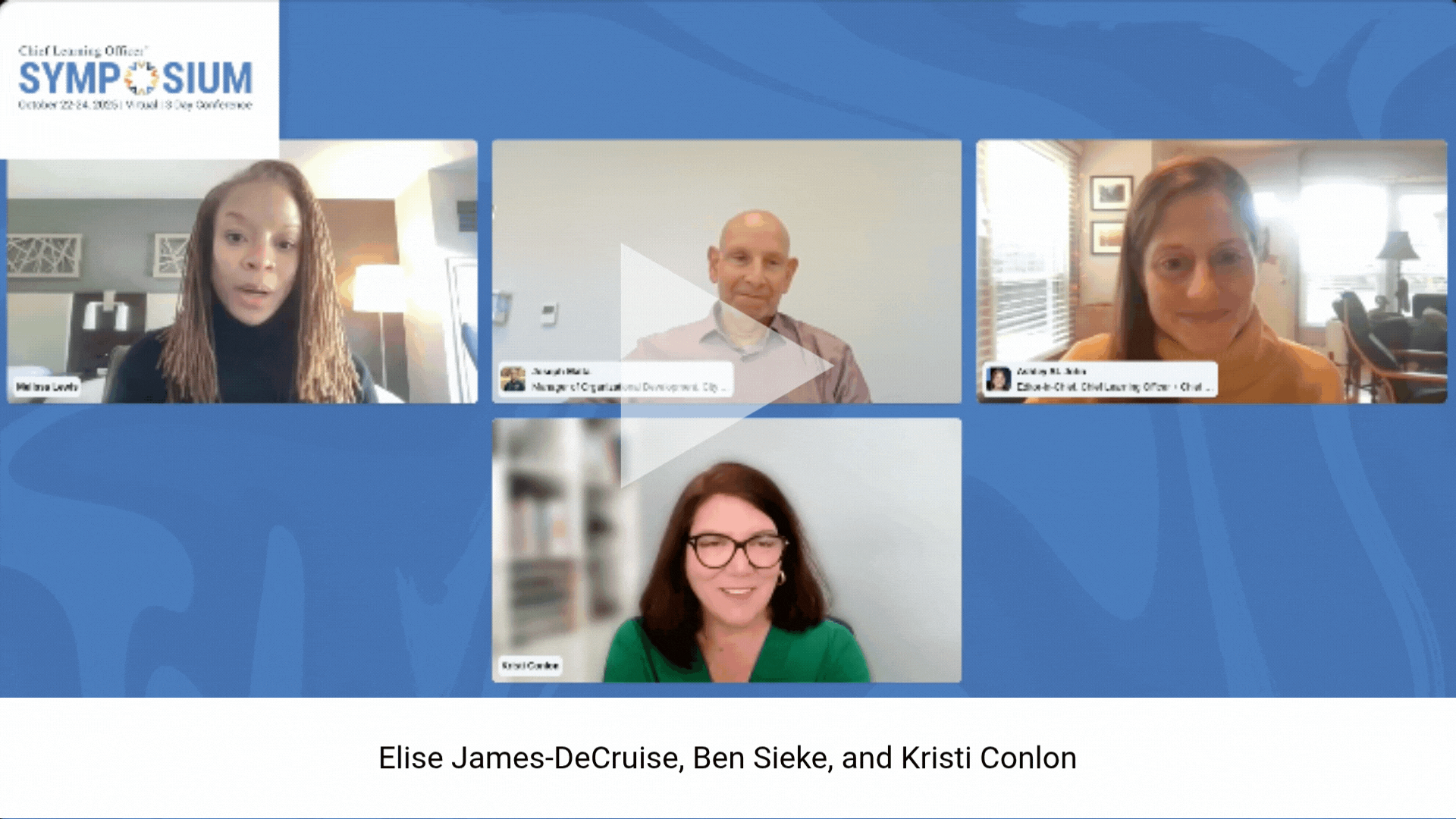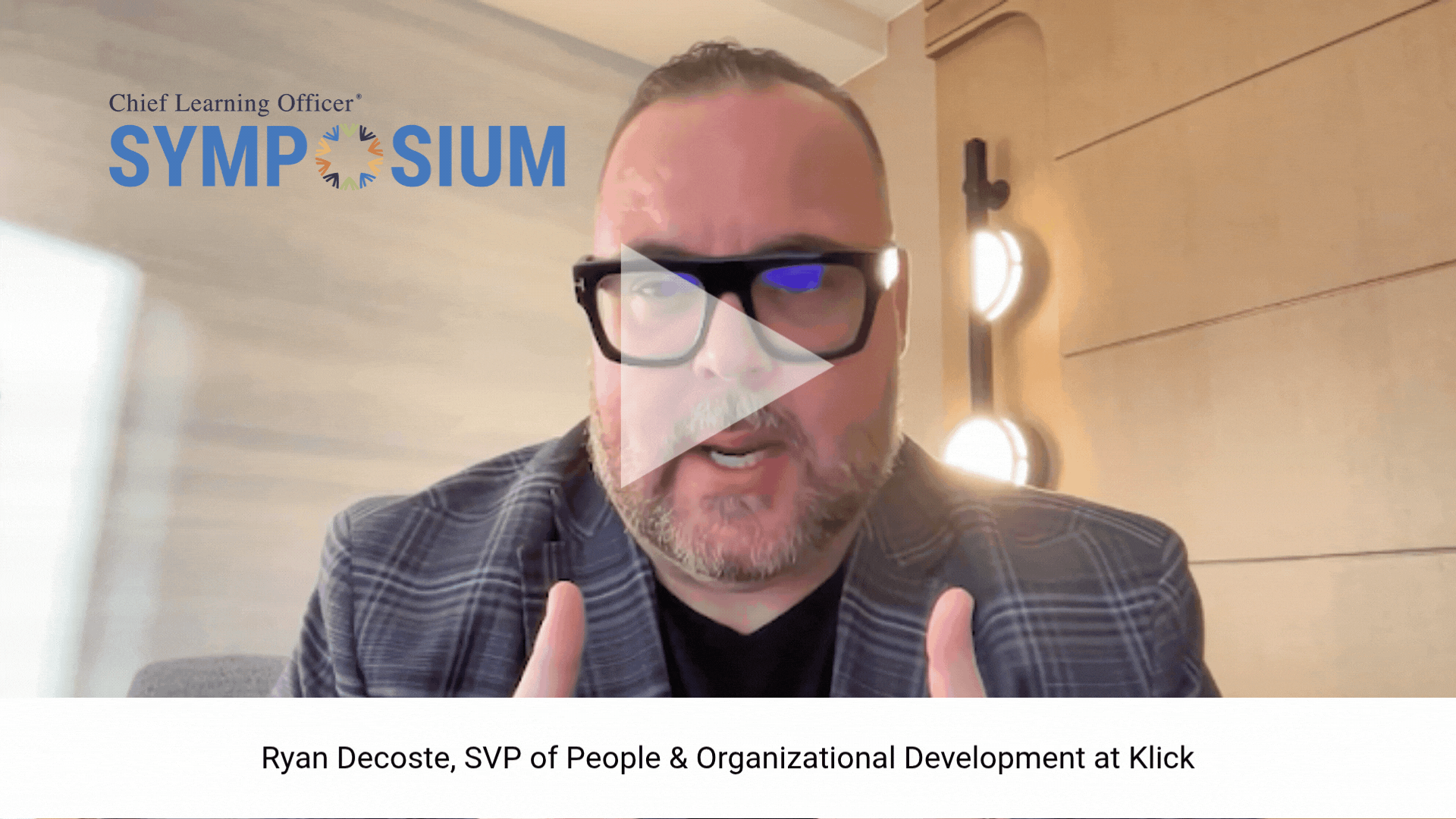The leaders at Blockbuster Inc. have evolved former classroom-plus-textbook training into a four-step, interactive process that uses some very engaging tools. Because all learning involves making mistakes, Blockbuster uses failure as an accelerator of capability, especially when used with relevant, immediate feedback.
Four steps are used with associates at all levels to teach skills ranging from stocking and customer service:
1. Prepare: A coach (usually the store manager) builds trust with the employee, explaining what will happen in the training experience. Not only are mistakes allowed, they’re encouraged. Instead of looking to “test” people on the knowledge they’ve acquired, which implies a beginning and an end, they see practice and failure as ongoing stepping stones to greater performance. They are always in a “beta mode” mindset.
2. Show and tell: Using electronic learning modules or simulation modules, employees practice the best way to execute in a given situation. They make choices and check the results. If the results fall short, they learn from their decisions to try alternatives. Learners are invited to ask questions such as, “Why don’t we do it this way?” This creates an environment in which employees ask questions and sometimes find ways to do things better. Critical thinking and challenging the process is not only encouraged, it’s expected.
Then, simulation and real-life coaching are combined, as the coach demonstrates the skill with a real customer while the employee observes. What the learner just saw onscreen in the electronic simulation then happens live. Next, the coach and employee discuss how the interaction relates to the content from the practice session.
3. Coach practice: The employee practices with a real customer with the coach nearby. The employee can see how decisions or choices work and receive instant feedback. This continues until the employee feels safe and confident, and the coach believes the employee is doing the job correctly alone.
4. Coach perform: In the final step, assessments, observation and evaluation are used to continue coaching the employee, who is now “on stage” — on his own, but with the support of a coach who observes and provides helpful feedback.
After these four steps, employees are assessed on content knowledge. Coaches talk about choices that created the intended outcome and the choices that need to be improved. Training processes like this one are especially effective because they combine electronic simulation and live customer interaction with the safety net of the coach’s support.













